10 Best Herbal Tinctures For Osteoporosis
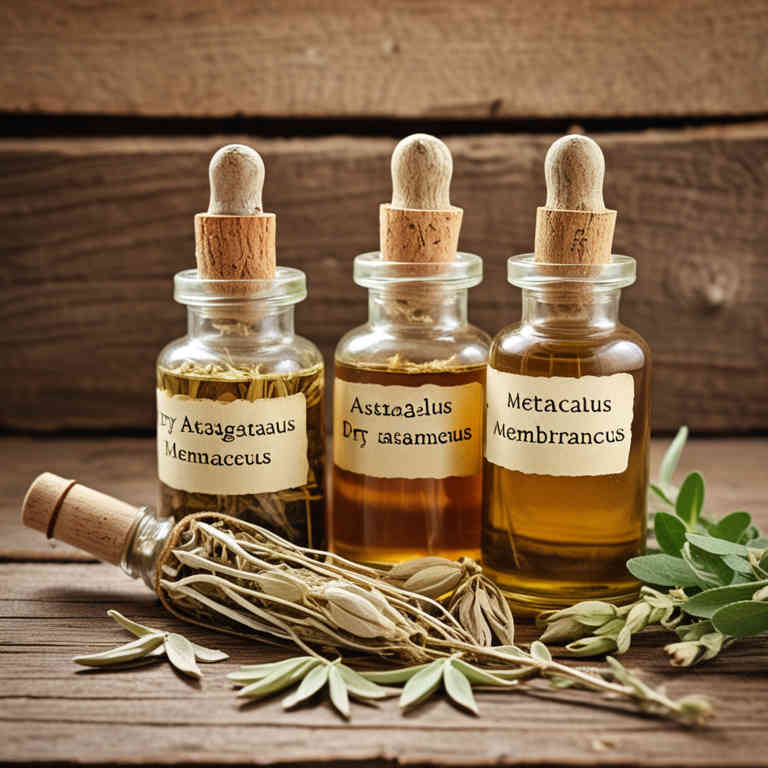
Herbal tinctures have gained attention as potential complementary therapies for managing osteoporosis, offering natural sources of minerals and compounds that support bone health.
Commonly used herbs include nettle, horsetail, and comfrey, which are believed to enhance calcium absorption and stimulate bone formation. These tinctures are typically prepared by soaking herbs in alcohol or vinegar, allowing the active compounds to be extracted for easier absorption by the body. While some studies suggest their efficacy in improving bone density, more rigorous clinical research is needed to confirm their safety and effectiveness.
As with any supplement, it is important to consult with a healthcare provider before incorporating herbal tinctures into an osteoporosis treatment plan.
FREE COURSE
How to make medicinal herbal tinctures for common ailments at home and in a weekend (using the Healing Drops System).

Table of Contents
1. Silybum marianum
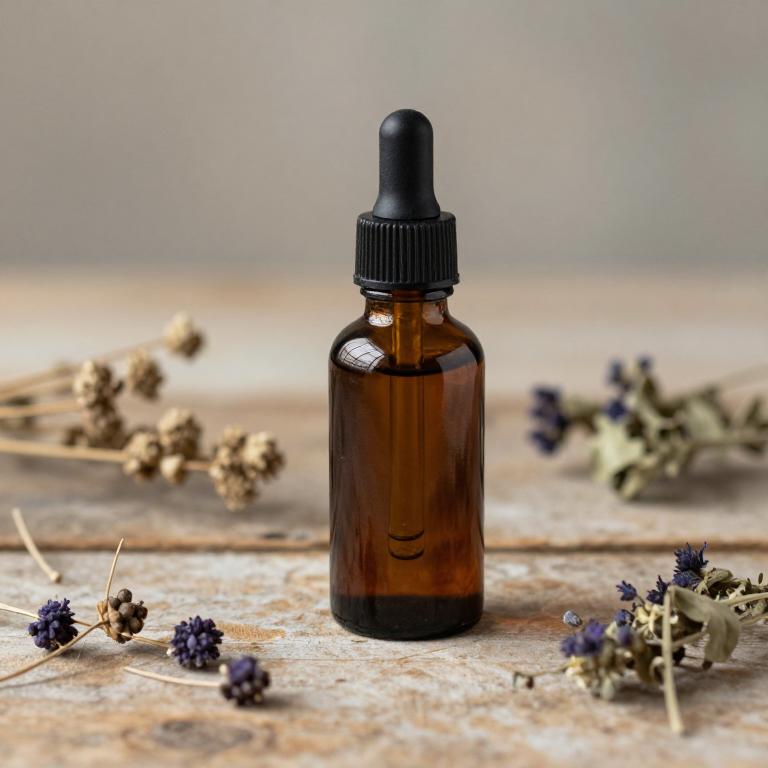
Silybum marianum, commonly known as milk thistle, is a herbal plant that has been traditionally used for its potential health benefits, including supporting liver function.
While it is not a primary treatment for osteoporosis, some studies suggest that its active compound, silymarin, may have antioxidant and anti-inflammatory properties that could indirectly support bone health. Herbal tinctures made from Silybum marianum are often used as complementary therapy alongside conventional treatments for osteoporosis. However, more research is needed to fully understand its efficacy and safety in this context.
As with any herbal supplement, it is important to consult a healthcare provider before use, especially for individuals with osteoporosis or other chronic conditions.
2. Cimicifuga racemosa
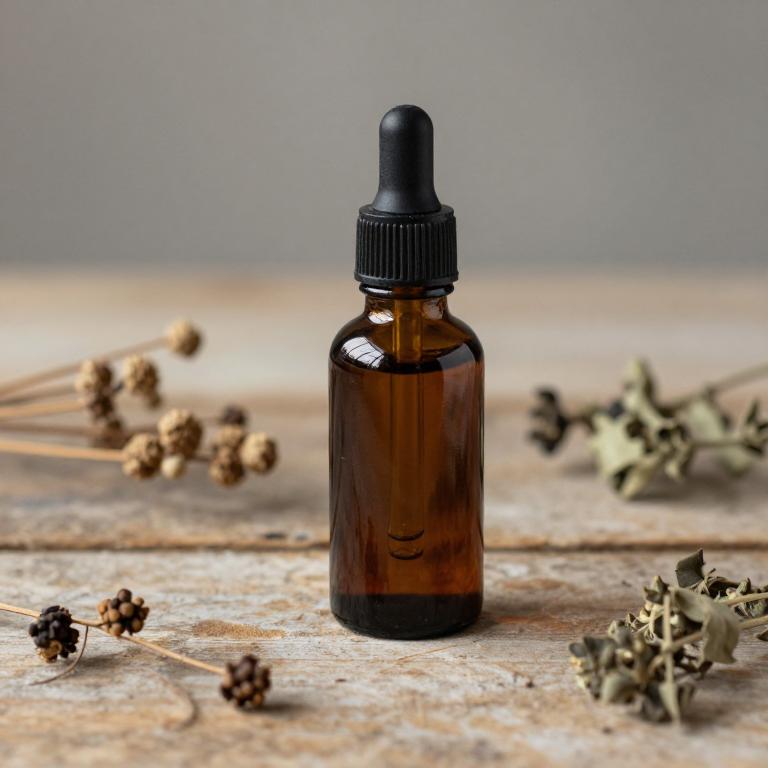
Cimicifuga racemosa, commonly known as black cohosh, is a herbal remedy that has been traditionally used to support hormonal balance and may offer benefits for conditions like osteoporosis.
While scientific evidence on its direct impact on bone density is limited, some studies suggest that it may help alleviate menopausal symptoms, which are often associated with increased osteoporosis risk. Herbal tinctures of Cimicifuga racemosa are typically prepared by soaking the dried root in alcohol, allowing for the extraction of bioactive compounds such as triterpene glycosides. These tinctures are often used as a complementary therapy alongside conventional treatments for osteoporosis, though they should not replace prescribed medications without medical supervision.
As with any herbal supplement, it is important to consult with a healthcare provider before use, especially for individuals with existing health conditions or those taking other medications.
3. Salvia officinalis
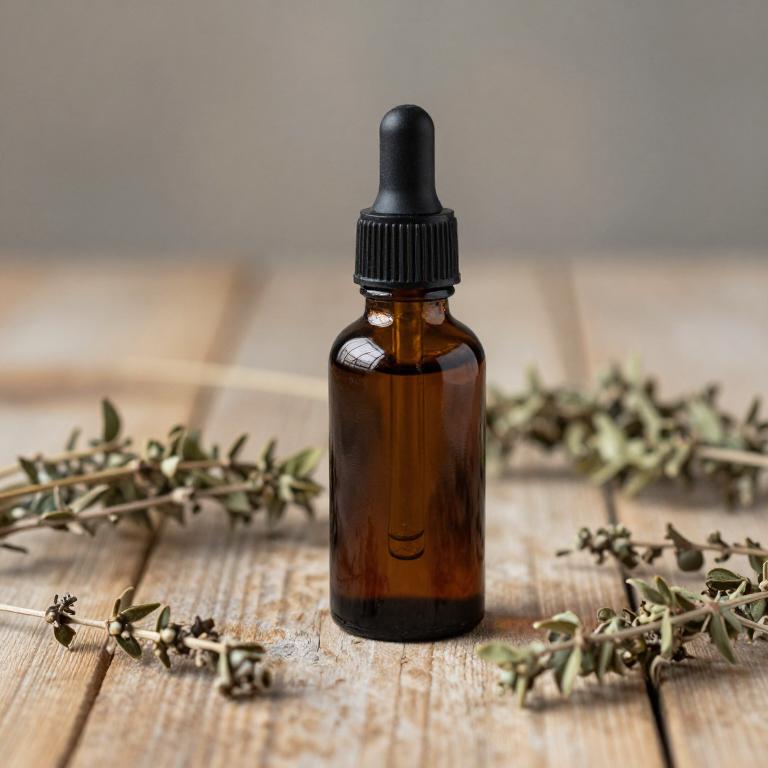
Salvia officinalis, commonly known as sage, has been traditionally used in herbal medicine for its potential health benefits, including support for bone health.
Recent studies suggest that sage tinctures may contain compounds such as rosmarinic acid and flavonoids, which have antioxidant and anti-inflammatory properties that could help in preventing bone loss. These compounds may also stimulate osteoblast activity, promoting the formation of new bone tissue. While more clinical research is needed to confirm its efficacy for osteoporosis, some preliminary findings indicate that sage tinctures may offer a natural complement to conventional treatments.
As with any herbal remedy, it is important to consult with a healthcare provider before incorporating sage tinctures into a treatment plan for osteoporosis.
4. Equisetum arvense
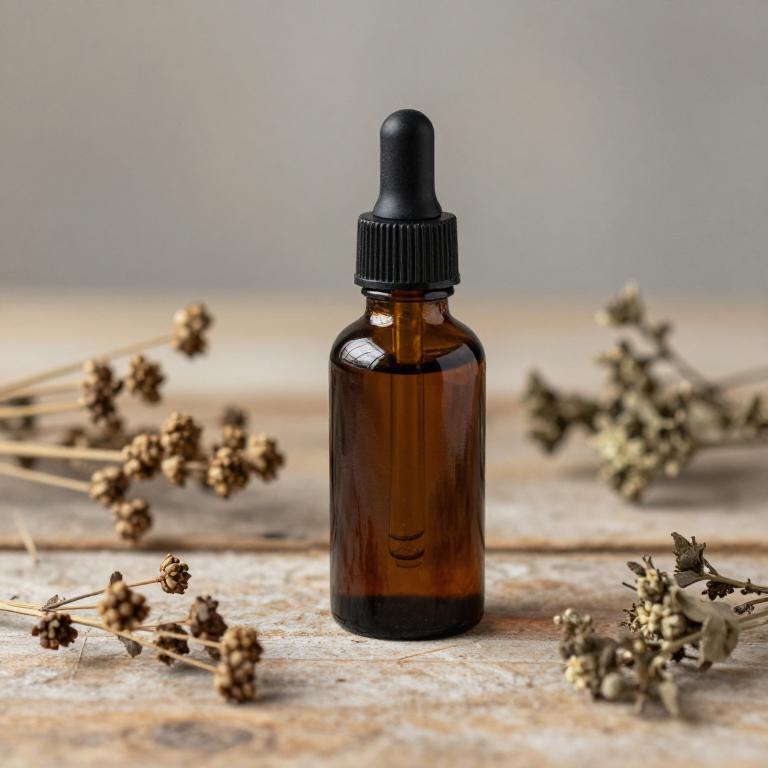
Equisetum arvense, commonly known as field horsetail, has been traditionally used in herbal medicine for its high concentration of silica, which is believed to support bone health.
Herbal tinctures made from Equisetum arvense are often used as a complementary therapy for osteoporosis due to their potential to enhance bone density and strength. These tinctures are typically prepared by soaking the dried plant material in alcohol to extract its bioactive compounds, including flavonoids and antioxidants. While some studies suggest that silica from horsetail may aid in bone regeneration, more clinical research is needed to confirm its efficacy in treating osteoporosis.
As with any herbal remedy, it is important to consult a healthcare provider before using Equisetum arvense tinctures, especially for individuals with existing health conditions or those taking other medications.
5. Glycyrrhiza glabra
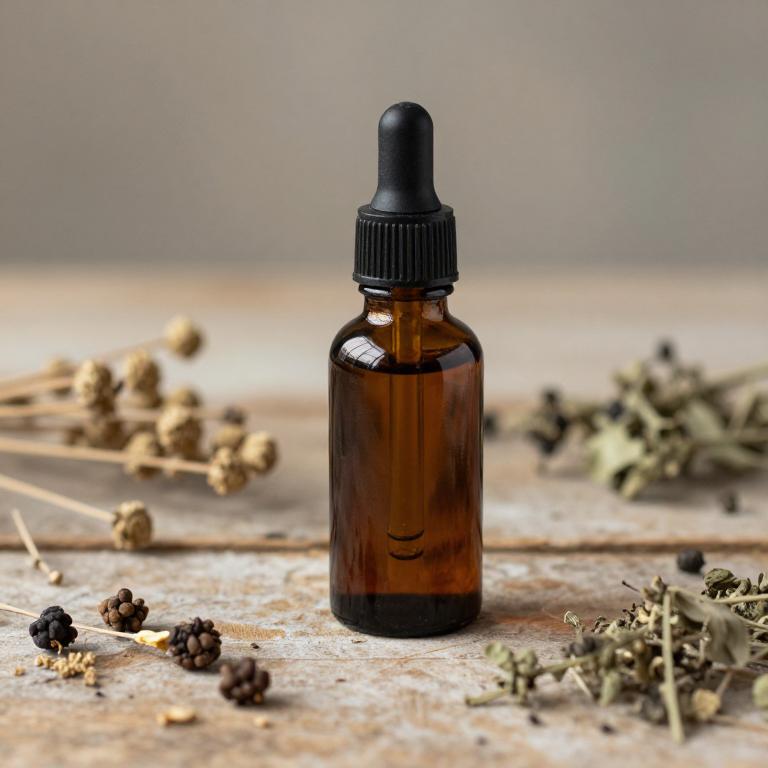
Glycyrrhiza glabra, commonly known as licorice root, has been traditionally used in herbal medicine for its anti-inflammatory and immune-modulating properties.
While it is not a primary treatment for osteoporosis, some studies suggest that its compounds, such as glycyrrhizin, may have a potential role in supporting bone health by influencing estrogen metabolism and reducing inflammation. However, due to its ability to increase cortisol levels, long-term use of licorice root tinctures should be approached with caution, especially in individuals with hypertension or adrenal disorders.
As a result, glycyrrhiza glabra tinctures are often used as an adjunct in holistic osteoporosis management under the guidance of a qualified herbalist or healthcare provider.
6. Vitex agnus-castus

Vitex agnus-castus, commonly known as chasteberry, has been traditionally used in herbal medicine for its potential hormonal balancing properties.
While it is not a direct treatment for osteoporosis, some studies suggest that it may support bone health by influencing estrogen levels, which play a role in maintaining bone density. Herbal tinctures made from Vitex agnus-castus are often used as a complementary therapy to support hormonal balance in women, particularly those experiencing menopause-related bone loss. However, it is important to note that more research is needed to fully understand its efficacy in treating or preventing osteoporosis.
As with any herbal supplement, it should be used under the guidance of a healthcare professional, especially for individuals with existing health conditions or those taking medications.
7. Zingiber officinale
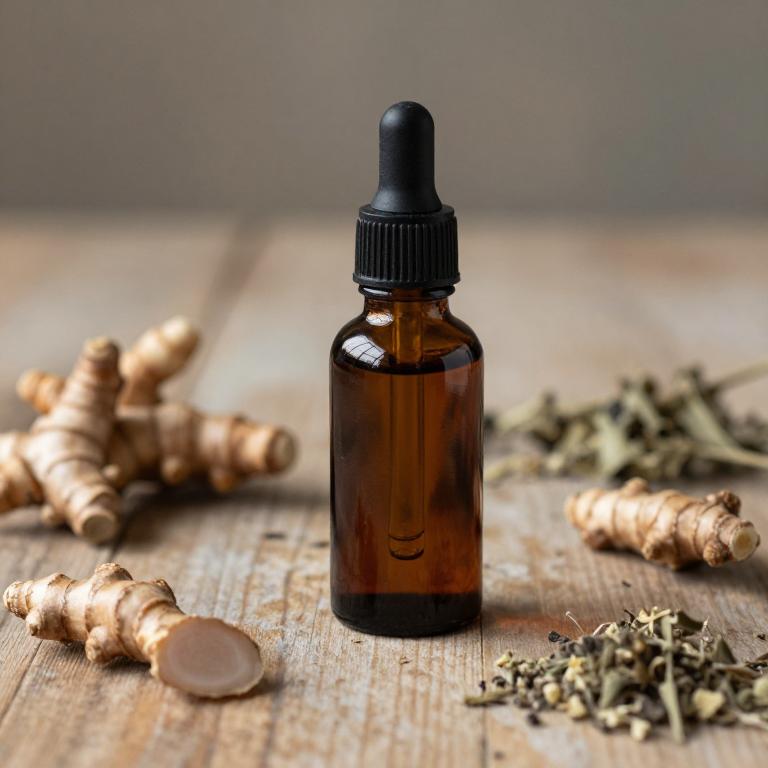
Zingiber officinale, commonly known as ginger, has been traditionally used for its anti-inflammatory and antioxidant properties, and recent studies suggest it may have potential in supporting bone health.
Ginger herbal tinctures derived from fresh or dried roots are often used to promote circulation and reduce inflammation, which may indirectly support bone density. While there is limited clinical evidence specifically linking ginger tinctures to the prevention or treatment of osteoporosis, some research indicates that ginger compounds like gingerol and shogaol may inhibit bone resorption and stimulate osteoblast activity. These tinctures are typically taken orally, often diluted in water or alcohol, and may be combined with other herbal remedies for enhanced effects.
As with any supplement, it is important to consult a healthcare provider before using ginger tinctures, especially for individuals with existing medical conditions or those taking medications.
8. Astragalus membranaceus
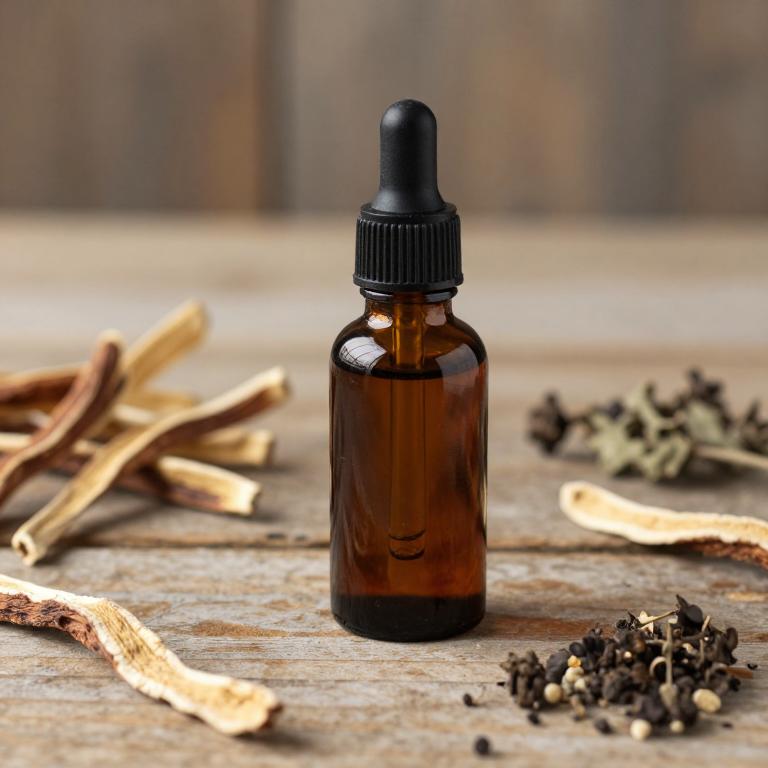
Astragalus membranaceus, also known as Huang Qi, is a traditional Chinese herb commonly used in herbal tinctures to support immune function and overall health.
While it is not a primary treatment for osteoporosis, some studies suggest that it may have properties that promote bone health by enhancing osteoblast activity and reducing oxidative stress. Herbal tinctures made from Astragalus membranaceus are often used as complementary therapy alongside conventional treatments for osteoporosis. These tinctures are typically prepared by soaking the dried root in alcohol, allowing the active compounds to be extracted for easier absorption.
However, it is important to consult with a healthcare provider before using Astragalus tinctures, as they may interact with certain medications or have contraindications for specific health conditions.
9. Urtica dioica

Urtica dioica, commonly known as stinging nettle, has been traditionally used in herbal medicine for its potential health benefits, including supporting bone health.
Herbal tinctures made from Urtica dioica are believed to contain compounds such as calcium, silica, and various minerals that may contribute to bone density and strength. These tinctures are often used as a complementary therapy for osteoporosis, aiming to enhance mineral absorption and reduce bone loss. However, while some studies suggest possible benefits, more rigorous clinical research is needed to confirm their efficacy in treating osteoporosis.
It is important to consult with a healthcare professional before using Urtica dioica tinctures, especially for individuals with existing medical conditions or those taking other medications.
10. Panax ginseng

Panax ginseng herbal tinctures have been traditionally used in Eastern medicine for their purported ability to enhance vitality and support bone health.
Some studies suggest that the active compounds in Panax ginseng, such as ginsenosides, may help increase bone density and reduce the risk of osteoporosis by stimulating osteoblast activity and inhibiting osteoclast activity. While preliminary research shows promising results, more clinical trials are needed to confirm its efficacy and safety for treating osteoporosis. When considering Panax ginseng tinctures, it is important to consult with a healthcare provider to ensure proper dosage and avoid interactions with other medications.
As a complementary therapy, Panax ginseng may offer potential benefits for individuals seeking natural approaches to support bone health.